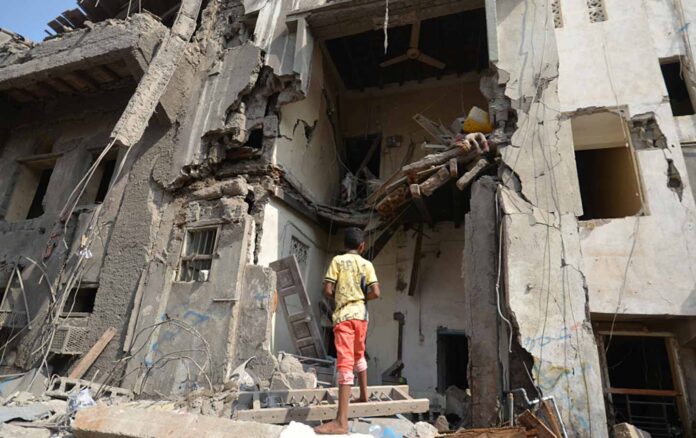Author: Mohammed M. Hafez
Affiliation: Naval Post Graduate School (USA)
Organization/Publisher: Terrorism and Political Violence, Routledge
Date/Place: March, 2020/UK
Type of Literature: Academic Journal Article
Number of Pages: 25
Link: https://www.tandfonline.com/doi/full/10.1080/09546553.2017.1389726
Keywords: Algeria, Civil Conflicts, Civil Wars, Ideology, Rebel Fragmentation
Brief:
Prevailing literature on rebel fratricide, or when rebels fight each other rather than forge unity, argues that “economic considerations are of utmost significance in rebellious movements and will invariably drive inter-rebel competition and conflict.” The author of this article argues that while material resources are important, ideological differences are a primary driver for rebel fratricide as well. He concludes, “Asserting the centrality of ideology in fratricidal practices does not negate the role of “need and greed” in conflict dynamics; future research could benefit from an integration of ‘need, creed, and greed’ variables.” The author provides an in-depth look at the factions that emerged in the Algerian civil war “Black Decade” between 1992-2002. The Groupe Islamique Armé (GIA) emerged as a radical Salafi jihadist faction underneath the armed opposition against the army. This group criticized the failures of the Front Islamique du Salut (FIS) leadership and their concessions to the illegitimate Algerian state. The FIS leadership formed the Armée Islamique du Salut (AIS) which opposed the GIA’s radicalism and called for a return to the political process. The author argues that material explanations cannot explain the reasons given by armed groups in a civil war for why they were fighting each other. The author argues that three factors underpinning ideological differences are better explainers for rebel fratricide. Conflict framing, or basic questions regarding the meta-narrative around the civil war, addresses issues such as, Who are we? Why are we fighting? and Whom are we fighting against? Conflict objectives specify what the goals of war are: total war or limited war; system integration or system transformation? Lastly, factions disagree about “Targeting portfolios,” or who is a legitimate target in the war. On all three principled issues, the GIA was polar opposite to the AIS; after 1995, open war began between the GIA and AIS. During the conflict, the AIS worked hard to show how the GIA’s interpretation of Islam was confused and inconsistent. By 1997, the AIS defected to the state because it saw that none of its objectives were achievable through war, and that the prolonged conflict was damaging Islamist standing with the public. Amongst these ideological issues, the author returns to asses if factional strength can be a better explanation; however, he concludes that “the resource conflict argument raises more puzzles than it answers in the Algerian case.” This article is important to reflect on given the current civil wars in Western Asia, Syria, Yemen, Libya and others. The author invites future research, “should take seriously the role of ideas and factional politics in explaining inter-rebel dynamics.”
By: M. Üveys Han, Senior Research Associate




